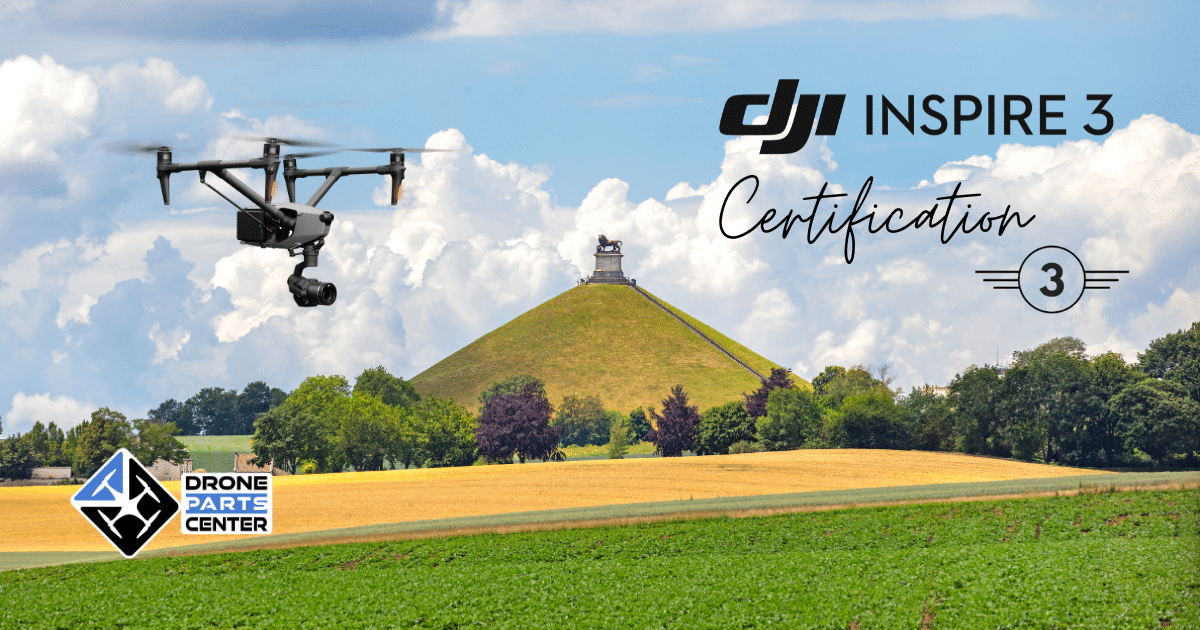News
The DJI Inspire 3 is a C3 certified drone
The DJI Inspire 3 is a C3 certified drone, meeting specific requirements for use in the European Economic Area (EEA). These restrictions are related to the C3 UAS class, the sound power level, the maximum propeller speed, the maximum dimensions and the maximum take-off weight (MTOM) declaration.
Standards
To meet the MTOM C3 requirements, it is important not to add additional payload, not to use unqualified spare parts and not to modify the drone. The MTOM of the Inspire 3, with two batteries, a camera, a lens and four propellers, must not exceed 4310 g.
The sound power level is limited to 98 dB(A), which helps to reduce noise pollution in urban areas. The maximum speed of the propeller is 7100 RPM to ensure that the drone remains stable and controllable in flight. The maximum dimensions with the landing gear up or down are 860.7 x 927.71 x 508.85 mm.
DJI Pilot 2
The DJI Pilot 2 allows the drone's operator registration number to be updated via the Wi-Fi Beacon transport mode. Authorized replacement parts include the Inspire 3 quick-release folding propellers and the TB51 smart battery.
Security
The drone's remote controller has several warnings for the user, such as an alert for prolonged disconnection, an automatic shutdown after 5 minutes of inactivity, an audible alarm for use in direct sunlight or interference with other wireless devices, and a flight pause button for unexpected problems.
Because flight safety is a major concern for DJI, the company complies with local regulations and Unauthorized Geographic Zones (UGZs) set by national authorities in the European Union. DJI also has its own online Geospatial Environment (GEO) system that includes broader geographic areas, including restricted areas where flights may be a concern. Users should check local regulations and flight restrictions applicable to their area of operation.
Restricted areas can be unlocked by contacting flysafe@dji.com or by going to "Unlock Area" at https://fly-safe.dji.com/.
Conclusion
Finally, it is important to clarify that the GEO zones mentioned in the manual and on the official DJI website refer to DJI zones and the geo-barrier function, not the UGZ zones required by regulations for geographic awareness. The vertical limits of geographic awareness may use AMSL altitude or AGL height, but neither AMSL altitude nor AGL height is supported by the product. The height (H) appears in the application's camera display and is the height from the takeoff point to the drone, but may differ more or less from the altitude/height given for a specific UGZ.

